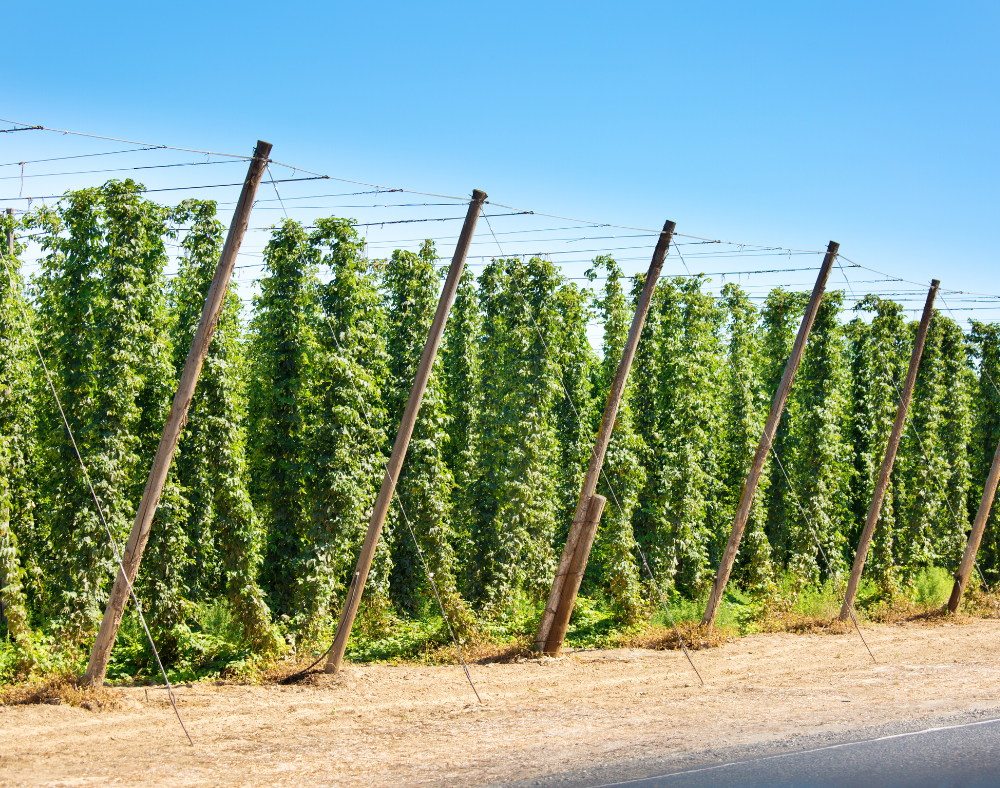
The Washington State agricultural sector supports 164,000 direct jobs and nearly $11B in economic activity generated from three hundred different crops. Between the impacts of climate change and the transformation of global agriculture, the sector in Washington State must continue to innovate. Sensors and machines that allow for more precise application of water, chemicals, and labor have become affordable enough that growers can deploy them at scale. But those devices must be connected to computing capacity and the internet. Fifth-generation wireless technology (5G) provides the connection, and edge computing provides onsite data processing and storage.
That combination—connectivity paired with high-speed computing—would be prohibitively expensive for most agricultural businesses. However, Edge Cluster networks have the potential to support dozens of entities, including farms, processing centers, research facilities, and logistics providers. These networks would also support a field lab for innovation: a sandbox in which growers and application developers can experiment with AgTech. Together, the networks and the field labs create “Agricultural Innovation Zones.” A robust network could serve the community at large, including life safety agencies, schools, hospitals, traffic management, and others.
By the Numbers
164,000
Washington State agricultural sector- supported jobs
$11 Billion
In economic activity generated by Washington State’s crops
300
Different crops in Washington State’s agricultural industry
50-70% Reduction in Water Utilization
This reduction was found in a pilot project involving 5G Open Innovation Lab, Snohomish County, and Swan’s Trail Farm using soil and weather sensors, lidar, and high-resolution imagery. Read more here.

